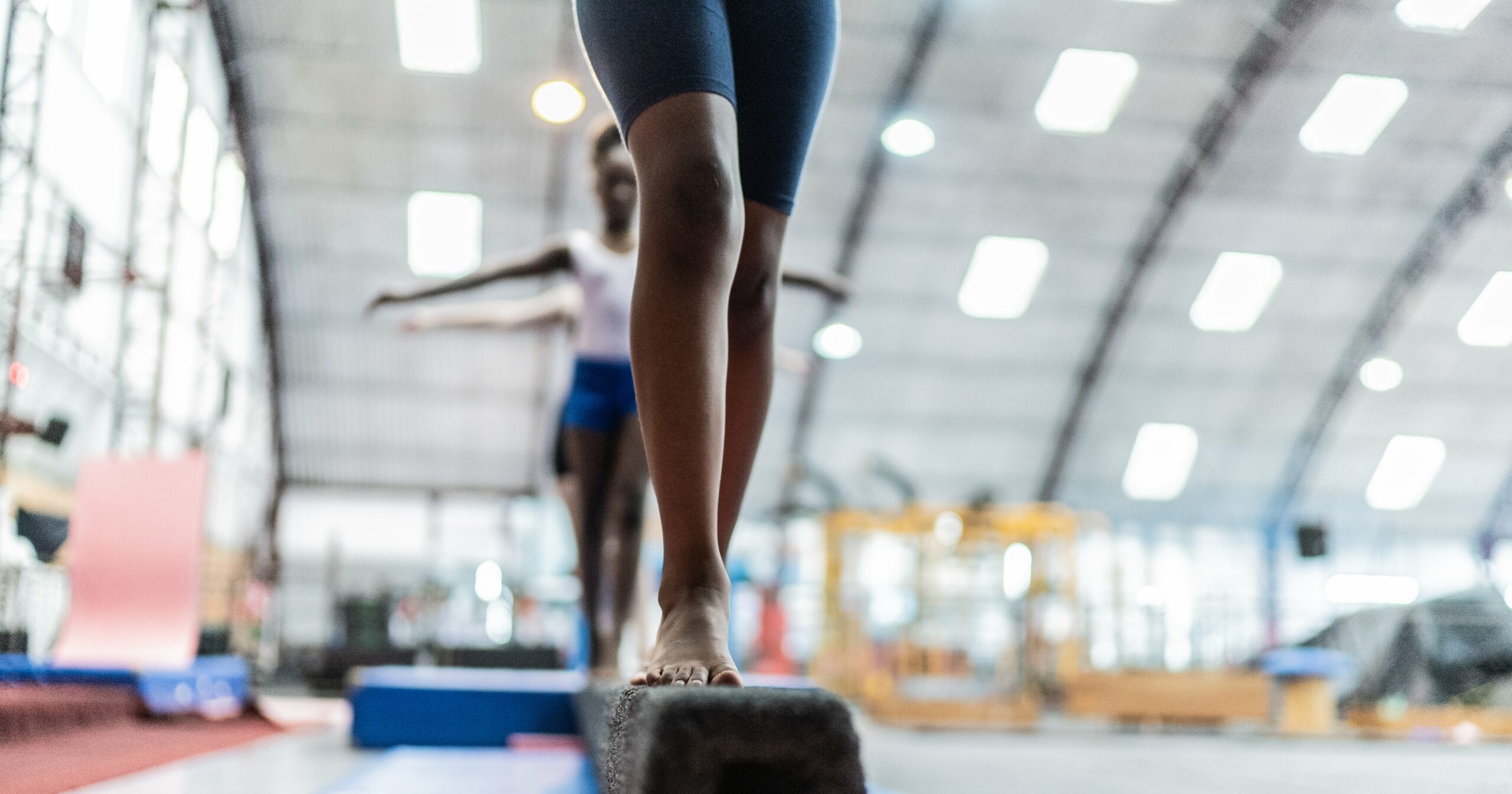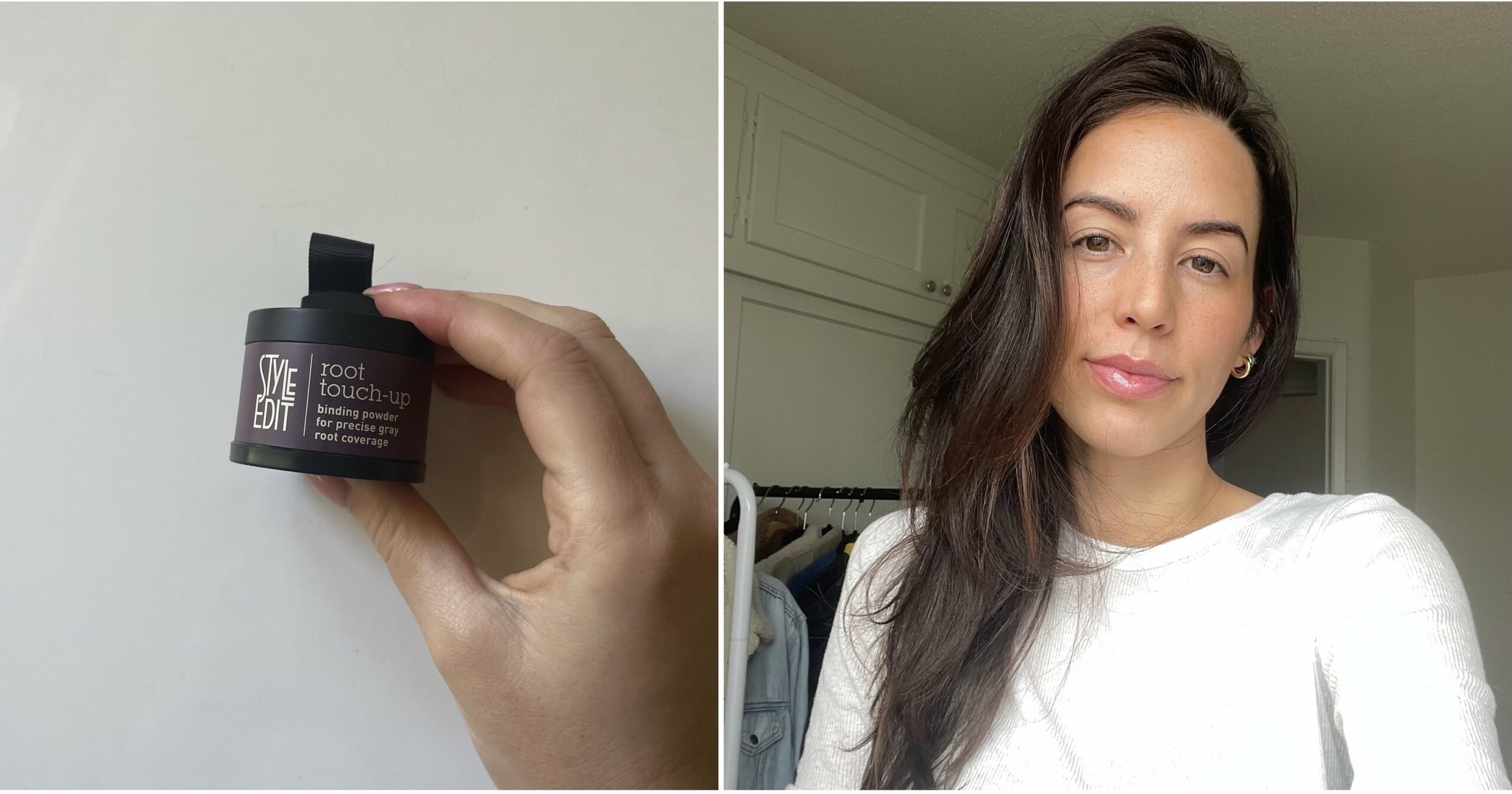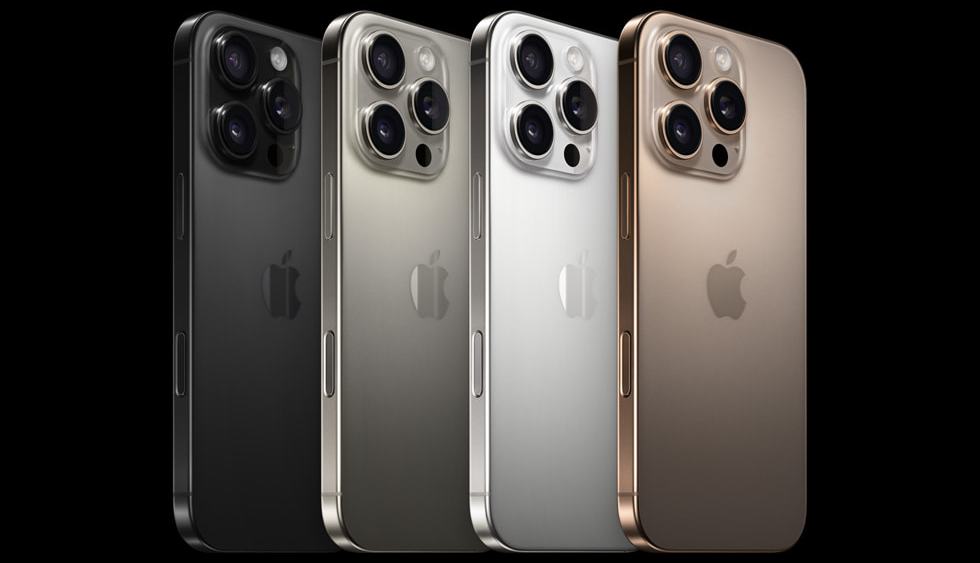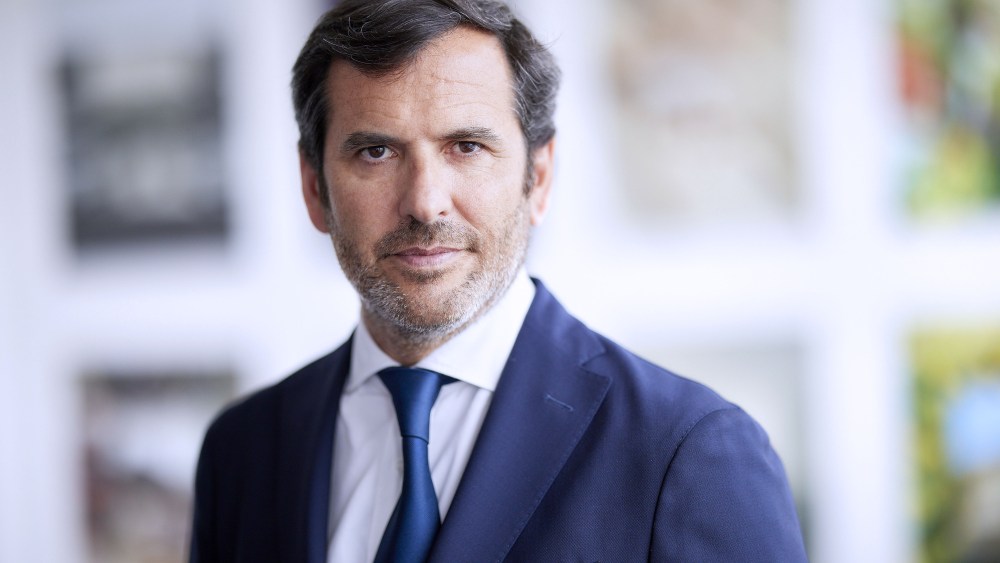While I like to stay active, I wouldn’t consider myself naturally athletic. Throughout the years, I’ve tried plenty of sports: golf, soccer, volleyball, tennis, horseback riding – you name it. And while I wasn’t completely unfortunate in all of my athletic endeavors, I wasn’t Olympic-level good, either. Still, part of me has always wondered whether there was some latent athletic ability left untapped due to a lack of work ethic or not enough training.
So when AncestryDNA team invited me to compare my DNA to that some of our country’s greatest Olympians, I thought: “Maybe I do have the makings of a champion.” After all, my dad was a state-champion wrestler and my mom captain of her high-school dance team. Perhaps the genes were in me all along.
Keep reading for my full experience, and how my DNA results matched up.
How Ancestry’s DNA Comparison Feature Works
If you’ve already taken an Ancestry DNA test, you know the process is pretty simple: you order a kit, spit in a tube, and wait a few weeks for the results. Once your results are in, you’ll be able to comb through information about where your family originated, find family matches, and see what traits you’re most likely to possess (like your propensity toward alcohol flush or the likelihood that you have a cilantro aversion).
Recently, the company expanded upon its available traits feature, launching 30 new performance traits (think: discipline, speed, hand-eye coordination) that can be compared to the performance traits of 16 Olympic athletes. On the dropdown menu you’ll find top competitors like Gabby Douglas, Nastia Liukin, Jackie Joyner-Kersee, Michael Johnson, Bradley Snyder, Kerri Walsh-Jennings, and more. But how accurate are the results?
“So we’re looking at the genes and we’re looking at specific places where genes are going to perhaps manifest something,” says Jenn Utley, a genealogist for the brand, adding that the traits aren’t a 100 percent guarantee. Other factors like nature, nurture, and training also play a significant role in the creation of an elite athlete. “The genes just kind of tell you a little bit about your propensity – then, it’s what you do with them.”
How My DNA Compared to Olympic Athletes
Honestly, my results were pretty interesting. For starters, I had the most traits in common with the three women track and field athletes – and I’d consider myself the furthest thing from a runner. I’m a naturally clumsy human who was born with mild cerebral palsy, so I never thought running was in my genetic cards. Yet, three-time gold medalist Jackie Joyner-Kersee and I share 49 percent of traits in common (or 17 traits). While Cathy Freeman and Phylicia George share 46 percent of traits in common with me (or 16 traits). Some of those traits include a quicker heart recovery rate, most likely to tolerate heat well, and most likely to have good hand-eye coordination – the latter of which I would never self-identify.
Other predicted traits of mine include less likely to be persistent, least likely to be a leader, and least likely to be optimistic – all things I’d say the exact opposite about myself, yet traits I shared with at least two out of the three track and field stars. I had the least in common with beach volleyball icon Kerri Walsh-Jennings, with only 10 shared traits between the two of us. While swimmers (Brad Snyder and Stephanie Rice) and gymnasts (Gabby Douglass and Nastia Liukin) fell somewhere in the middle – another surprise considering that I don’t know how to swim and I’d consider myself to be very inflexible (something my genes predicted!).
My Biggest Takeaways
Genetics are only a part of the puzzle when it comes to athleticism. But it was kind of comforting to see some of the traits that even world-class Olympians have potentially had to overcome to get to where they are today. At the same time, seeing certain predicted traits of mine pop up, including likely to get stronger easily or likely to experience runner’s high made me want to put those traits to the test and see where I might actually be successful. The reality is, 60 percent athletes are unlikely to be naturally athletic, per Ancestry Data. Training and environment may be even more important, Utley says.
Surprising results like mine and stats like these can be particularly motivating when we inevitably get frustrated by our progress in fitness. Being able to pinpoint those areas where you may need to spend a little extra time (like reflexes or self-discipline) due to genetics can be helpful in the long run. You may also be encouraged to try something new with a little push from your genetic predisposition.
Ultimately, “some things are easier for people to achieve than others based on their genes. But a lot of it is nurtured through training and the combination of both to make a champion,” Utley says. Hopefully, she adds, this tool will inspire people to take a different look at how they’re training and find new things to try so that they can “become a champion themselves.”
If you want to compare your own genes with that of Olympians, visit Ancestry.com and click “compare” under the DNA tab. For those who haven’t taken an AncestryDNA + Traits test ($119) yet, it’s available now, but the athletes comparison experience is only live through Oct. 31.
Alexis Jones is the senior health and fitness editor at PS. Her passions and areas of expertise include women’s health and fitness, mental health, racial and ethnic disparities in healthcare, and chronic conditions. Prior to joining PS, she was the senior editor at Health magazine. Her other bylines can be found at Women’s Health, Prevention, Marie Claire, and more.




